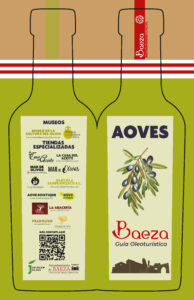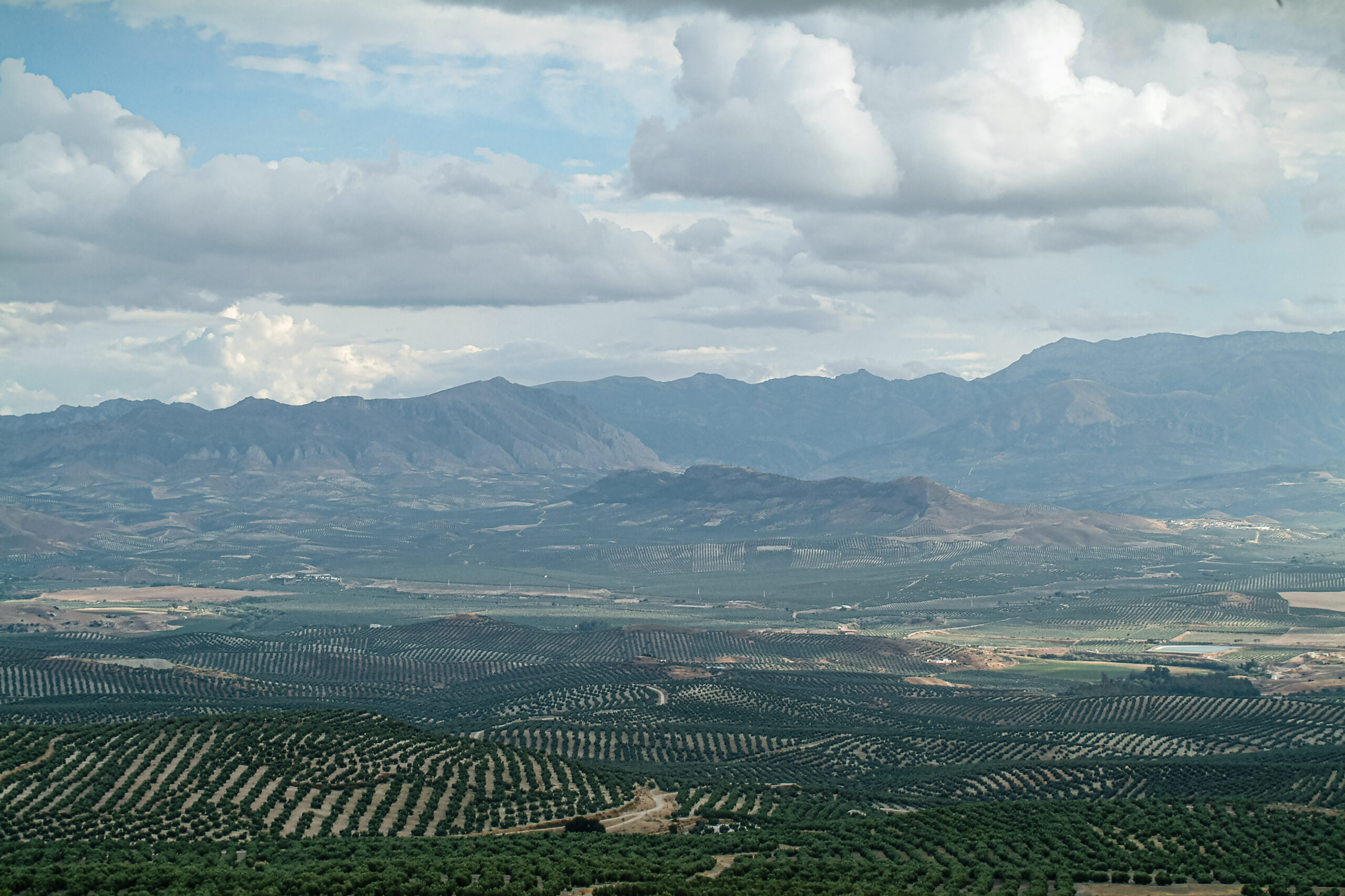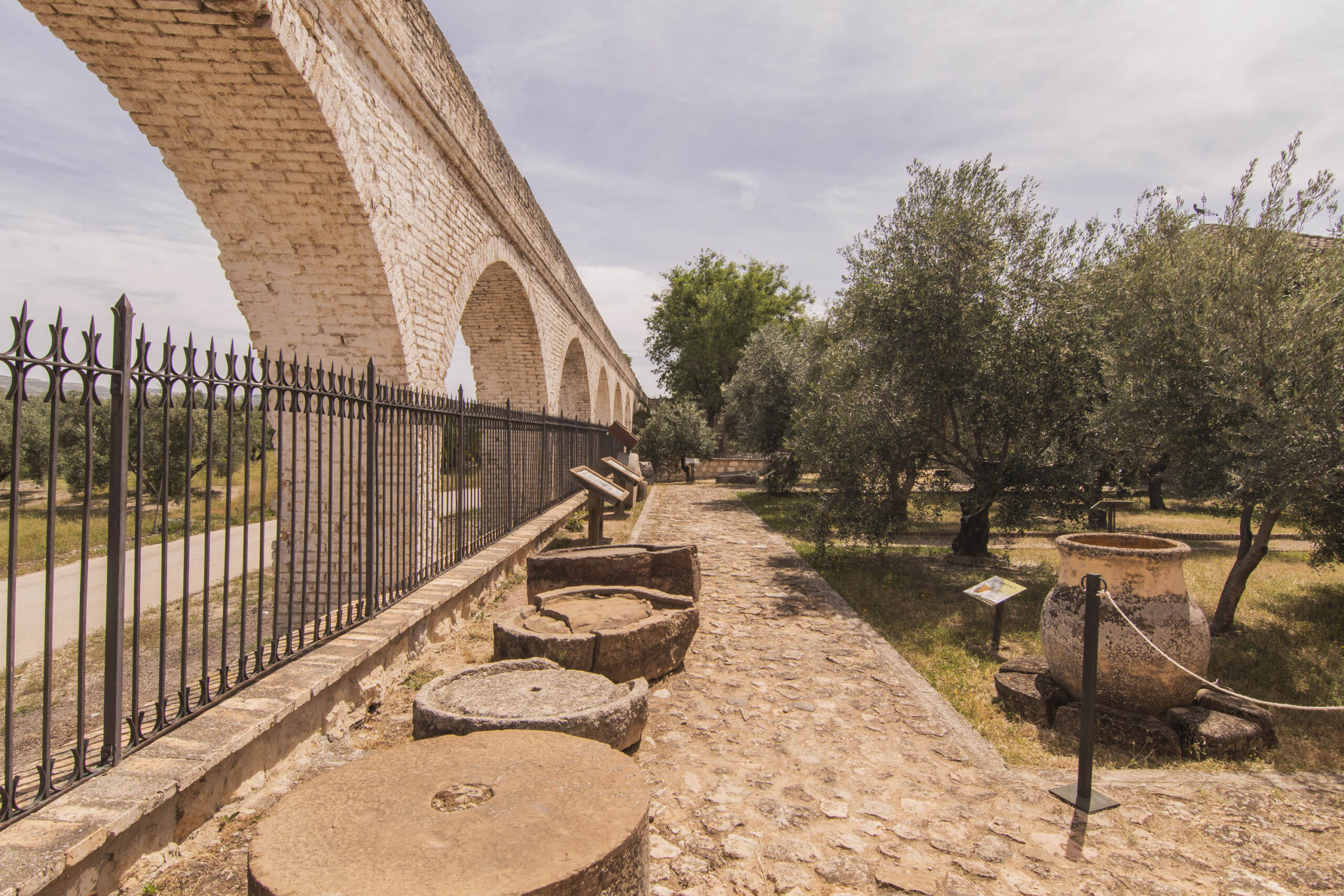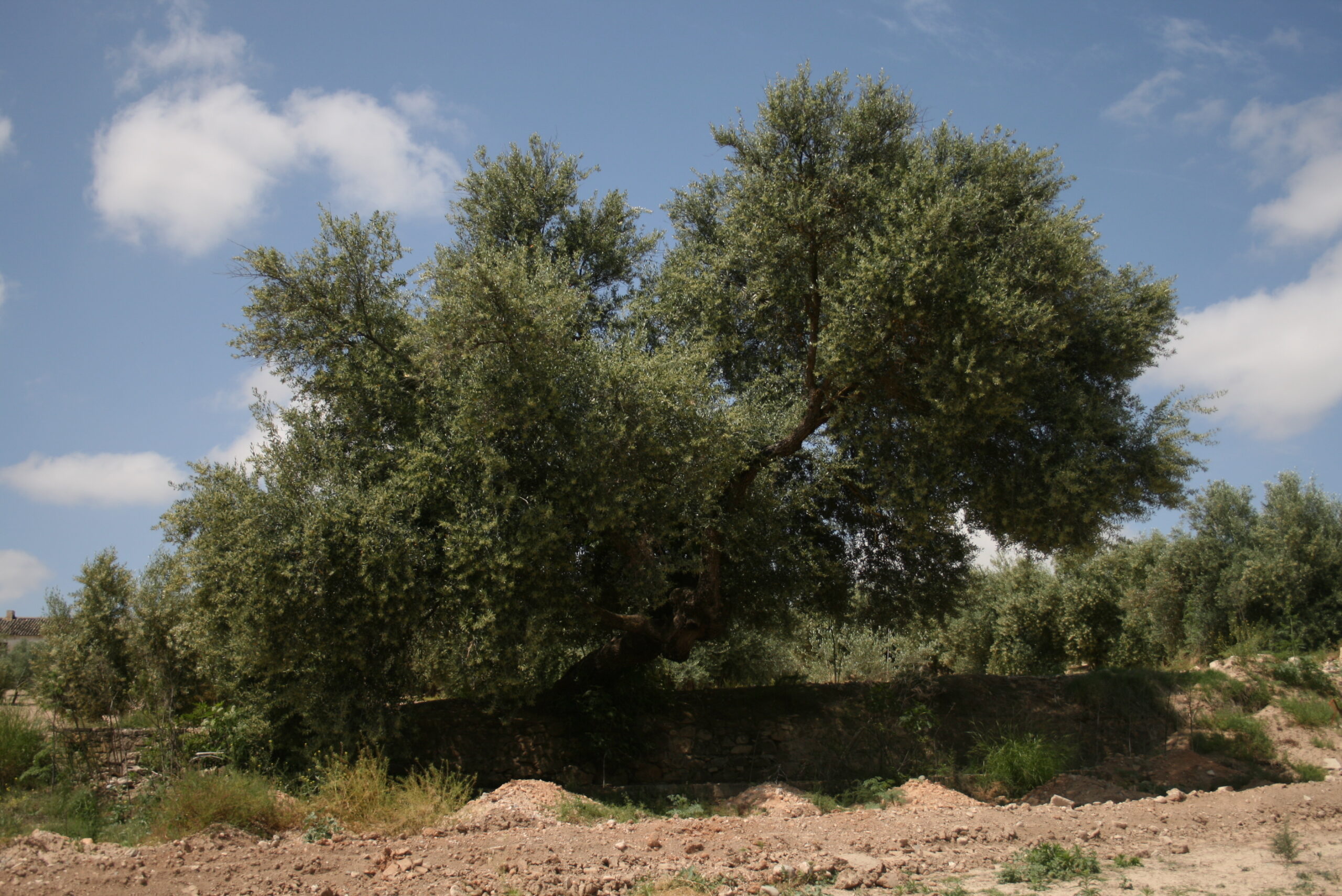WHAT TO SEE / OIL TOURISM
The province of Jaén is closely linked to oil, one of the best in the world. The olive groves that inspired Antonio Machado so much dominate the native landscape, also in Baeza. Tourists are increasingly interested in this wonderful product extracted from olives, about the production process, the different varieties… Oleotourism brings us closer and spreads the culture of olive tree and olive oil.
This type of inland tourism is the perfect complement to Baeza´s visit. The activities, visits, accommodation, restaurants, shopping, routes, hiking, and relaxation revolve around olive oil. Olive oil tourism allows capturing the essence of the culture that surrounds the world of the olive tree and presents a new way of enjoying free time between nature and gastronomy, knowing in depth the benefits that olive oil brings to health.
Oil tourism is a pleasant experience and can also be complemented by nature tourism in the Sierra de Cazorla, Segura, and Las Villas, or other mountains of Jaén, such as Sierra Mágina, Sierra de Andújar, and Despeñaperros. A great option is the Vía Verde del Aceite Routes that run through the province of Jaén, some even go into Córdoba.
The olive
The olive tree is a treasure inseparable from reality, identity, and the people of the province of Jaén. Not only because of its economic importance but because it has generated, over centuries, a specific culture based on this tree and its fruit. That is why we can speak of an olive tree culture, whose ingredients are landscapes, farmhouses, oil mills, popular festivals, etc. The tasks of cultivation and harvesting, as well as the process of obtaining oil, generate a whole world with a very particular idiosyncrasy (signs of identity, jargon, ways of life and customs, landscapes, models of economic development, etc.).
The olive tree is an arboreal species native to the eastern Mediterranean (Asia Minor), where it began cultivation, but the high value of its production facilitated its expansion throughout the Mediterranean shores. It is a tree well adapted to harsh environmental conditions such as those found in Jaén, with droughts, high temperatures in summer, cold in winter, and generally poor soils. The olive tree flowers at the end of spring (April-May), and its fruit, the olives, develop throughout the summer until they mature green in early autumn (September-October). The change of color (veraison) then follows until it completes its physiological maturity in the first months of winter.
Olive Tree Culture Museum
The Museum of the Culture of the Olive Tree of Baeza, created in 1997, is the temple of the olive grove and olive oil in the province of Jaén. A unique place to enjoy olive oil tourism, to feel the roots of this tree, the landscape, gastronomy, popular customs, and traditional architecture. In the Museum, everything revolves around the cultivation of the olive grove and the production of olive oil.
In this Museum, which receives its name from the Natural Park of La Laguna Grande, located just two kilometers away, the olive tree has been known since ancient times. Here visitors can enjoy species from the entire Mediterranean basin in its Garden of Varieties, and observe the operation of the old olive oil production systems: from the treading, and the torsion, to the arrival of the Viga Press, the Tower Press, or Alhorí Press with wheel and chain system.
But without a doubt, in this great building of the s. XVII highlights its Winery, known as the “Cathedral of Oil” and built-in 1848, as an example of industrial architecture with central European influences and a symbol of the progress of the Andalusian olive grove in the s. XIX. Visiting the Museum of the Olive Tree Culture, accompanied by a specialized guide and perfectly complementing all the olive oil tourism activities, is an opportunity you cannot miss to feel the land of the olive tree.






